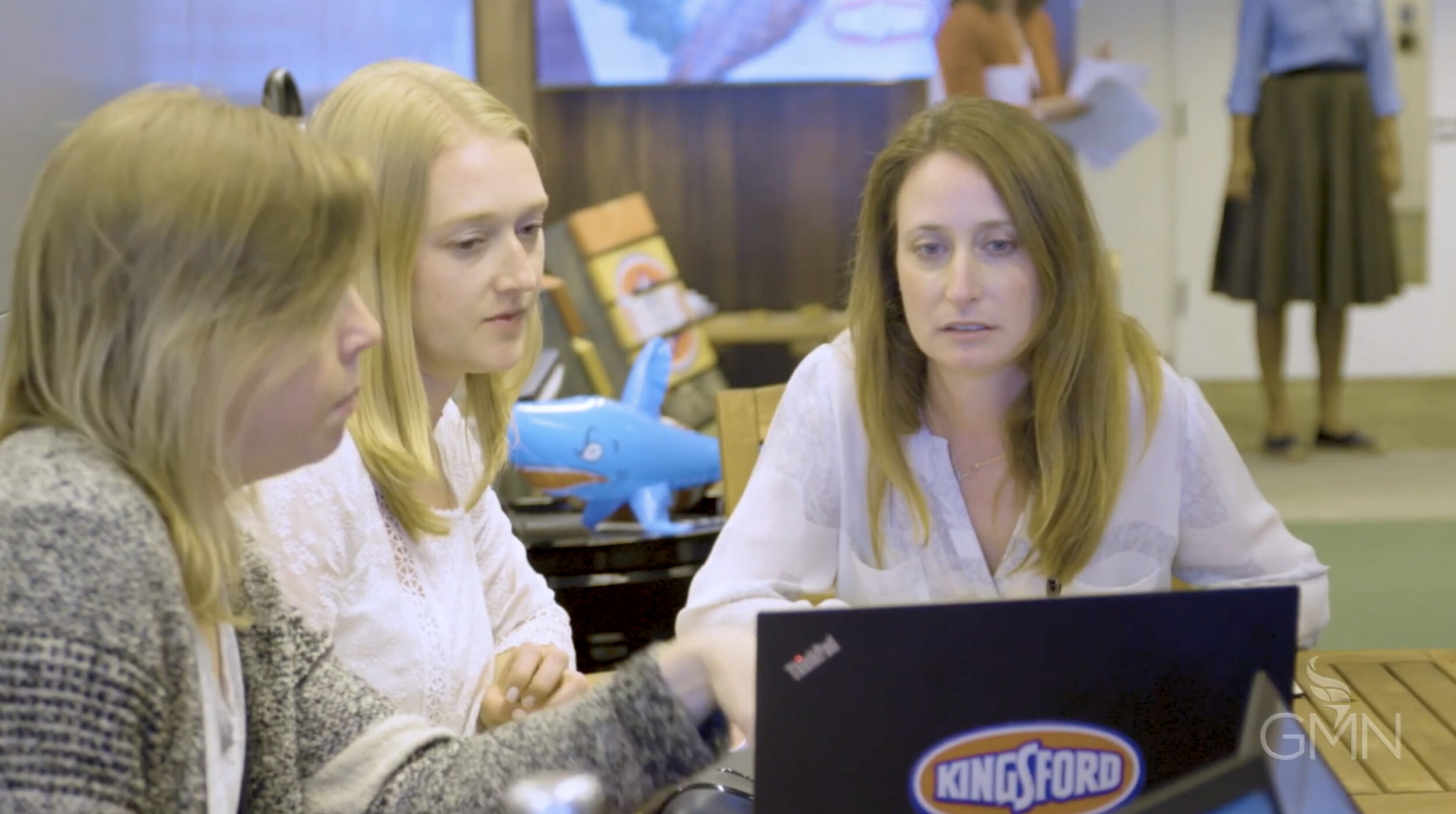Summary:
How do you shake up change at a century-old company? When Benno took the helm at Clorox, he was asked to do exactly that.
Thuy
Clorox has been around more than 100 years, and I would imagine at a legacy company like that, there are perhaps a fair number of people who like and prefer to stick with traditional long-standing ways of doing things. How do you break people out of that, to keep on inspiring them to be creative, innovative, curious?

Benno Dorer
Yeah, you know, that was probably the biggest challenge I had when I took on my role as a CEO six years ago, because it's easy to foster change if there's a crisis. If it's a matter of survival, people change, right, because there's a burning platform, our company did quite well. And my desire for transformation was grounded on the belief that I think has proven too that our world in the consumer business is changing so quickly that if we stand still and if we don't change now, we'll regret it in the future. That makes for a more difficult burning platform, because indeed I've had a lot of conversations with people who've asked me "But why now? I mean, things seem to be going well, why do we need to change?"
The first thing perhaps is to create an inspiring vision that people want to be part of. So you've got to paint a picture that energizes and motivates people, that's the single most important thing. And then second, you got to find role models that jump on board quickly. You've got to develop and nurture and promote them so people see, "Oh, this is where the train is going." And these are the type of people who are being rewarded. So youÕve got to reward the right behavior, youÕve got to reward the right results. We wanted recognition, ultimately, you know, everybody wants to do well. YouÕve got to make it clear to people what's being expected, youÕve got to paint the picture that's energizing, and then youÕve got to reward the right behavior.
I've always said that in my role as a CEO, one of my side jobs was to be the Chief Cultural Officer. I'm responsible for moving the needle and engage people every single day. So what it meant for me was travel the country and travel the world and, you know, with my stump speech, and then go and paint the picture every single day and time and again and use examples, celebrate success, celebrate people, and reward people who've been accountable for our successes. And then slowly but surely, you know, you move people clearly and then the people who absolutely don't want to be part of it, they opt out over time. But I've been fortunate that far and away, the vast majority of people have been willing to jump on board and to stay and the results behind this change have been pretty, pretty positive, so that helps too.
The first thing perhaps is to create an inspiring vision that people want to be part of. So you've got to paint a picture that energizes and motivates people, that's the single most important thing. And then second, you got to find role models that jump on board quickly. You've got to develop and nurture and promote them so people see, "Oh, this is where the train is going." And these are the type of people who are being rewarded. So youÕve got to reward the right behavior, youÕve got to reward the right results. We wanted recognition, ultimately, you know, everybody wants to do well. YouÕve got to make it clear to people what's being expected, youÕve got to paint the picture that's energizing, and then youÕve got to reward the right behavior.
I've always said that in my role as a CEO, one of my side jobs was to be the Chief Cultural Officer. I'm responsible for moving the needle and engage people every single day. So what it meant for me was travel the country and travel the world and, you know, with my stump speech, and then go and paint the picture every single day and time and again and use examples, celebrate success, celebrate people, and reward people who've been accountable for our successes. And then slowly but surely, you know, you move people clearly and then the people who absolutely don't want to be part of it, they opt out over time. But I've been fortunate that far and away, the vast majority of people have been willing to jump on board and to stay and the results behind this change have been pretty, pretty positive, so that helps too.
Related Posts

You Can’t Please Everyone
Vy Tran learned a tough lesson as a first-time manager – you can’t please everyone. Having to “drive accountability” while also being a self-described “people pleaser” required Vy to dig deep and re-think how she communicates with her team.

Failing Forward
Failing forward is an essential skill not just at work but in life. For Vy Tran, learning from her mistakes has made her a more effective and influential leader.

